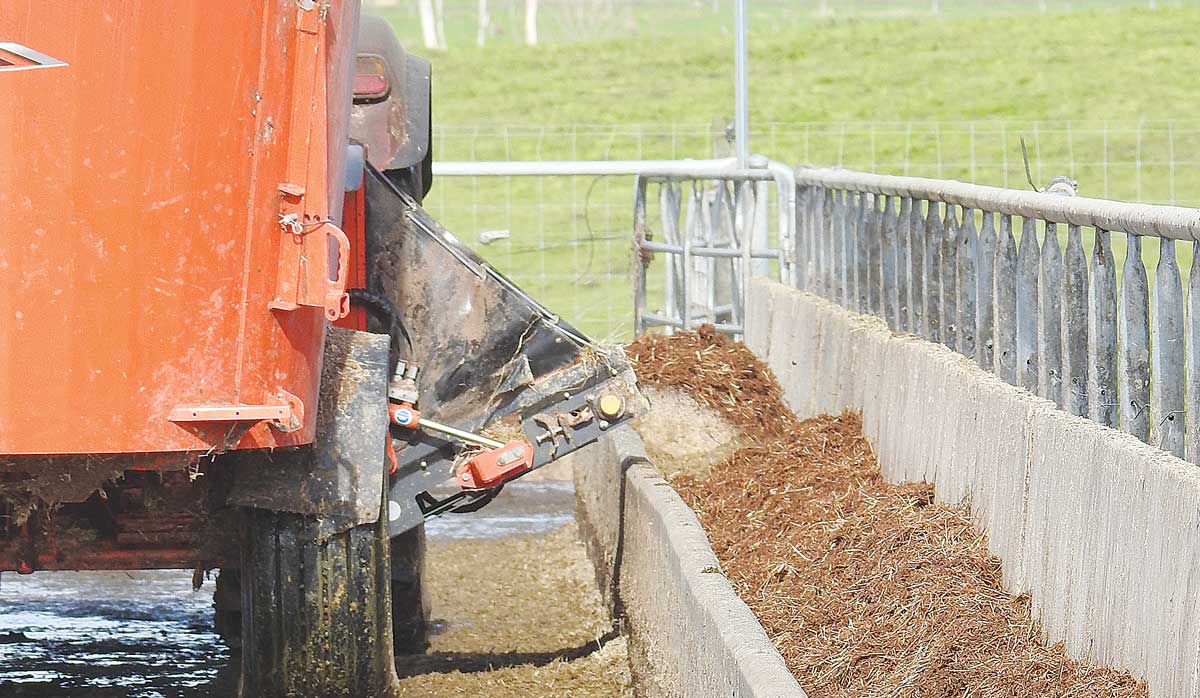Mineral Balance: The hidden key to dairy goat health & production
Most dairy goat farmers focus on getting energy, protein, and fibre right, and fair enough – feed drives milk.
Subclinical ketosis (SCK) is a significant health challenge in our dairy herds, primarily occurring in early lactation when cows can experience a severe negative energy balance.
Characterised by elevated ketone in the blood and without overt clinical signs, SCK can negatively impact milk production and reproductive performance, while at the same time increasing the risk of other metabolic disorders.
Metabolic process and contributing factors
Subclinical ketosis is a metabolic condition that occurs when a cow’s energy intake is insufficient to meet its energy demands, leading to excessive mobilisation of body fat reserves. Although often considered a disease, ketosis is more accurately described as a finely-tuned metabolic process that becomes detrimental when it is allowed to get out of control.
The body’s energy storage system is designed to store energy during periods of abundance and release it during times of need. However, this system can falter under conditions that require the cow to expend high levels of energy within a very short space of time, i.e. disease pressure, calving, and peak milk production.
These stress events can place high pressure on available energy reserves. When cows are provided with a properly formulated diet during early lactation, they can be expected to shed some of the condition gained during the previous season. This fat is mobilised as ketones in order to fuel production. If a cow is under extreme stress and her diet lacks sufficient energy, the body can begin breaking down fat reserves at an excessive rate. This rapid conversion puts strain on the liver to process the excess ketones. If unchecked, subclinical ketosis can quickly become clinical, putting the liver under excessive strain while also exhausting the cow’s available energy reserves. The resulting clinical ketosis if left untreated can quickly lead to collapse and death.
Do cows show symptoms of SCK?
Subclinical ketosis lacks these clinical signs, but several subtle symptoms may indicate its presence, including decreased dry matter intake, lethargy and reduced activity, mild to moderate weight loss or failure to regain lost body weight post-calving, and a distinctive fruity odour on the breath due to acetone accumulation.
Minerals in prevention
Proper nutrition is essential in preventing SCK, with balanced diets rich in essential macro minerals and trace elements playing an important role. Phosphorous is needed for energy production, while calcium and magnesium are required for maintaining normal metabolic function and preventing ketosis. Ensuring adequate levels of these minerals in pre- and post-calving diets is a must.
Adequate levels of bypass protein are also essential to maintaining maximum liver performance, hence it is very important to maintain good rumen performance in order to ensure a good flow through into the gastrointestinal tract.
Potassium supplementation is seldom necessary under New Zealand conditions, as pasture typically provides adequate potassium. Excess potassium, however, can be problematic as getting rid of the excess requires energy.
Sodium is important for stabilising the rumen and maintaining energy flows from the rumen. Making careful calculation of salt supplementation based on the diet and total intake is important.
Trace elements such as chromium, selenium, iodine, and cobalt play key roles in glucose metabolism and antioxidant defence mechanisms. Selenium and iodine also key to liver health and performance. Regular monitoring of blood ketone levels and regular dietary adjustments based on nutritional analysis can help in early detection and management of subclinical ketosis.
The key role of the liver
Maintaining liver health and capacity is essential in effectively addressing ketosis. Farmers can reduce the severity or incidence of ketosis by increasing the liver’s capacity to process adipose tissue.
While good condition is vital for cows coming into late gestation, timing of weight gain is key. Healthy condition is gained during late lactation when the cow is still expending energy during milk production. Unhealthy weight is often gained from overfeeding during the dry period when little energy is being expended. The weight gain during this period is often fat around the organs.
 |
|---|
|
Proper nutrition is essential in preventing SCK. |
Correctly managing the transition diet (correct NDF, energy, protein, and diet volume), and completing the full 21-day transition length can minimise this risk of ketosis by guaranteeing healthier energy conversion.
Feed, energy, and minerals will only remediate ketosis once they reach the liver and are converted to usable energy at the cell level. Trace elements are fundamental in producing hormones that drive optimal liver function and regenerate and replace liver cells. The liver has the highest cell turnover rate of any organ, underscoring its capacity for renewal and its central role in managing ketosis.
By focusing on these preventative measures and understanding the metabolic processes involved, dairy farmers can effectively manage subclinical ketosis in their herds, ensuring better health and productivity for their cows.
Chris Balemi is Agvance Nutrition founder and managing director.
OPINION: The latest reforms of local government should come as no surprise.
The avocado industry is facing an extremely challenging season with all parts of the supply chain, especially growers, being warned to prepare for any eventuality.
Rural recycling scheme Agrecovery is welcoming the Government's approval of regulations for a nationwide rural recycling scheme for agrichemicals and farm plastics.
Despite a late and unfavourable start, this year’s strawberry crop is expected to be bountiful for producer and consumer alike.
Nearly three years on from Cyclone Gabrielle, Hawke's Bay apple orchardist Paul Paynter says they are still doing remedial work around their orchards and facing financial challenges.
An unusual participant at the recent Royal A&P Show in Christchurch was a stand promoting a variety of European products, during an event that normally champions the homegrown.
OPINION: Dipping global dairy prices have already resulted in Irish farmers facing a price cut from processors.
OPINION: Are the heydays of soaring global demand for butter over?